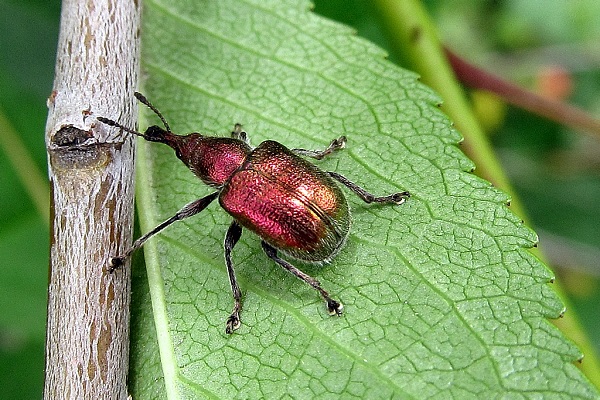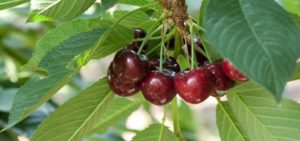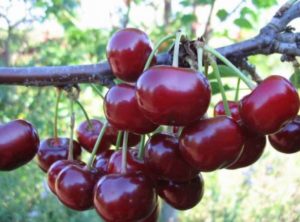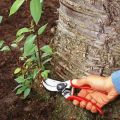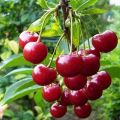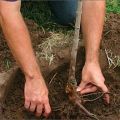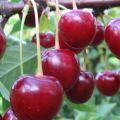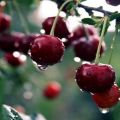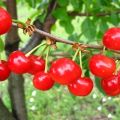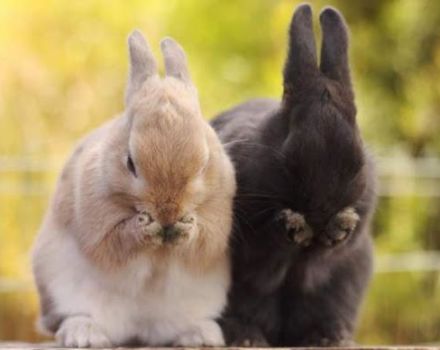Characteristics of the Turgenevka cherry variety, description of planting and care and pollinators
Breeders of the Oryol region in memory of their fellow countryman, the famous writer, bred one of the best and unpretentious varieties of Turgenevka cherry. The time-tested horticultural culture for more than 40 years has been pleasing gardeners with its bountiful harvests. Choosing a varietal type of cherry is necessary for those who live in regions with a cold climate. For the central, northwestern regions, this is the best option for stone fruit culture.
Description of the cherry variety Turgenevka
Turgenevka was obtained by selection of the Zhukovsky variety by free pollination. The selection of seedlings took place so that a cherry bush was obtained, capable of:
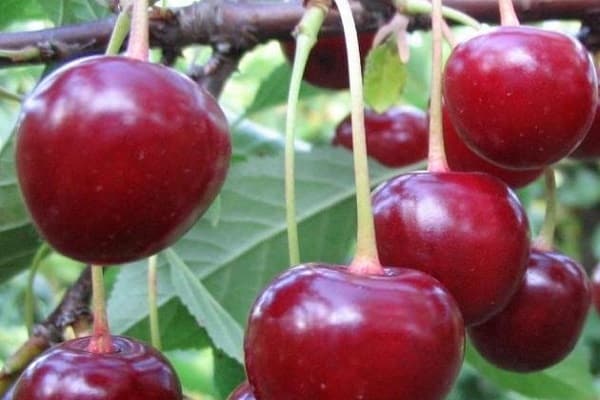
- reach a height of 3 meters;
- ripen in the first half of July;
- partially self-pollinate;
- resist low temperatures;
- be resistant to certain fungal infections.
Complementing the description of the variety is that cherries increase their yield as they grow, starting from the 4th-5th year of life. Fruiting lasts up to 20 years until the tree is old. Then it is necessary to replace it with a new shoot.
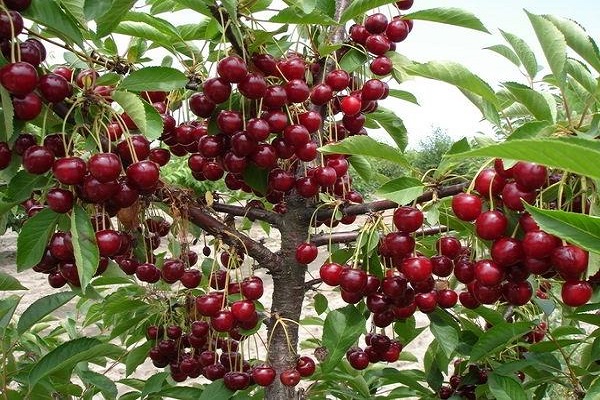
Characteristics of the tree and fruit
Cherry Turgenevka belongs to tree types. It has a dense crown that resembles an inverted pyramid. Straight branches and trunk are covered with bark of a brownish tone with a grayish bloom. Shiny leaf blades have the shape of a narrow oval, dark green in color. The top of the leaves is strongly pointed, and notches are cut along the edges.
A special feature is that the leaves of the Turgenevka cherry are folded in a boat.
In May, the tree blooms, covering the crown with a white fragrant cloud. Each inflorescence has 4 flowers, the cups of which look like miniature glasses. The stigma of the pistils and stamens are located at the same level, so some of the flowers self-pollinate.
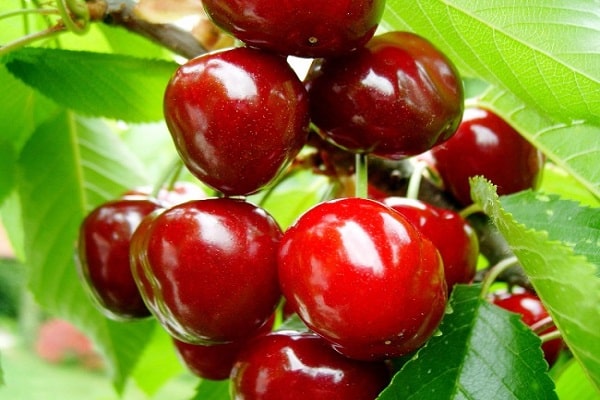
To increase yields, pollinators of varieties such as cherry Youth, Lyubskaya, Favorite. Thanks to this neighborhood, the shoots of Turgenevka will burst with an abundance of fruits that:
- weigh up to 5 grams;
- a diameter of about 2 centimeters;
- juicy and dense pulp;
- contain up to 11% sugars, 1.5% acids;
- bright dark red tone;
- have a rich sweet and sour taste;
- inside they have a cream-colored bone, weighing up to 0.4 grams;
- used for the preparation of canned juice, compotes, preserves.
Up to 20-25 kilograms of berries are harvested from one adult tree. Even with technical maturity, the fruits do not fall to the ground, but wither, gaining more sweetness.

Advantages and disadvantages of the variety
The advantages of choosing the Turgenevka variety for growing in a garden area include the fact that cherries:
- survives at temperatures below 35 degrees below zero;
- shows moderate resistance to drought;
- partially self-pollinated;
- pleases with harvests of large berries at a young age of 12 kilograms from one tree, in an adult state - 2 times more;
- is not affected by diseases and pests during preventive measures.
The disadvantages of the variety are that the cherry fruits are sour in taste and are rarely used for fresh consumption. In addition, Turgenevka does not differ in early maturity, the harvest must be waited for 4-5 years after planting the tree.
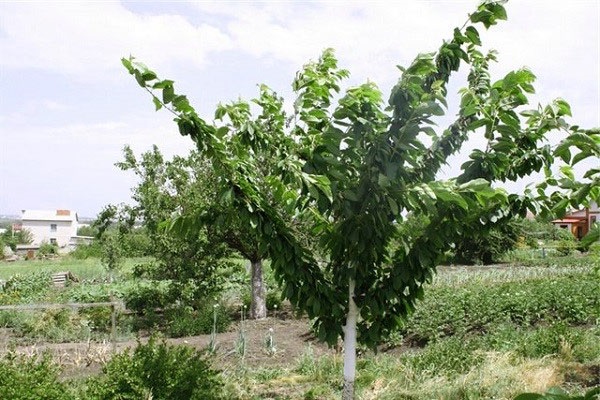
Growing features
The yield of cherries is affected by compliance with the timing and rules of planting. An important role is played by the age and quality of the planting material, the place chosen for the Turgenevka cherry in the garden.
Sapling selection
If the choice fell on the Turgenevka variety, then such a cherry tree should be planted in the garden, which has:
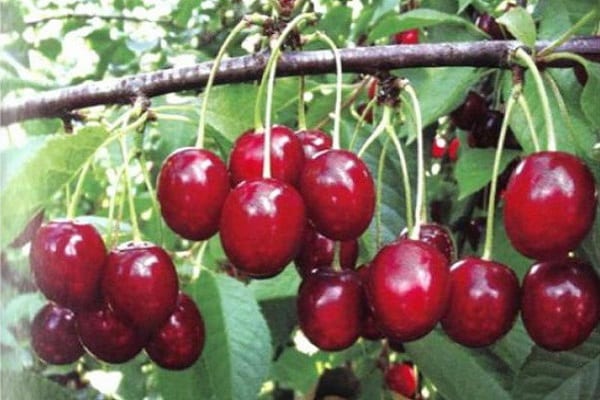
- age 2 years;
- height 50-60 centimeters;
- a strong root system 12-15 centimeters long;
- shoots are clean, no damage, rot, cracks.
Before planting, you need to hold the seedling in water for 3 hours. You can soak the roots with the Kornerost nutrient mixture by adding it to the water.
A high-quality cherry seedling is characterized by the presence of bright foliage on straight shoots.
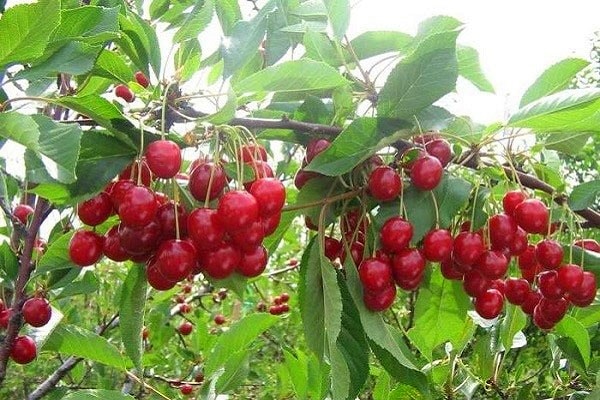
Choosing a landing site
Cherry Turgenevka is best planted in areas well-lit by the sun, which are closed from the wind and draft. In lowlands and places where the ground constantly accumulates moisture or the soil is waterlogged, it is not necessary to plant cherry trees. From a soil substrate for stone fruit crops, loam or sandy loam soil, loose, with good permeability to water and air, is suitable.
The acidity of the soil for cherries is required in the range of 6-6.5. On acidic soils, liming is carried out by adding slaked lime or dolomite flour.
In advance, the site for planting cherries is fertilized with humus, 2-3 buckets per 1 square meter. Poor soils are supplied with superphosphate and potassium salt. They are brought in before preparing the planting holes.

Planting stages
Turgenevka cherries are planted in autumn or spring in several stages.
First, they begin to prepare the pits for the seedlings. Their width ranges from 50 to 70 centimeters, the depth is more than 40. It is possible to prepare pits for spring planting in the fall before the snowfall.
A few days before planting, the pits are filled with humus. Then pour 30 grams of superphosphate, 10 grams of potassium salt. You can replace mineral fertilizers with wood ash. All components of the nutrient mixture must be mixed with the ground.
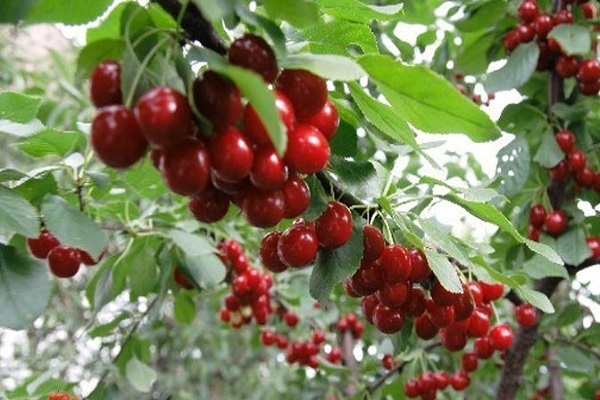
On the day of planting, a mound is poured in the center of the pit and a seedling is set. Holding the bush with one hand, cover the roots with soil. Shake the seedling lightly so that the clods of earth are distributed evenly inside the cherry root system.
When the planting is completed, it is necessary to compact the soil around the trunk. They begin to crush from the edges of the trunk circle to the trunk of the seedling.
At the end, the cherry is poured abundantly, each bush needs up to 3 buckets of water. It remains to sprinkle a layer of mulch around the tree. This will help keep the soil moist for a long time. It is important not to sprinkle mulch near the tree trunk so that it does not rot.
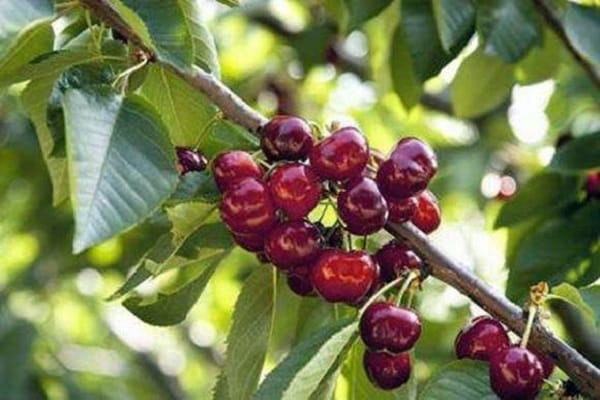
Care
It is not difficult to look after the Turgenevka variety. You only need:
- water during dry periods 5-6 times per season, especially during flowering and fruiting of the crop;
- feed in spring with nitrogenous fertilizers, and in autumn - with mineral, phosphorus-potassium fertilizers;
- loosen the trunk circle shallowly so as not to damage the roots;
- cut off damaged branches in the spring, in the fall - sick and old offspring, before the onset of cold weather, the trunk circle is mulched.
Care before winter consists in protecting young trees with spruce branches.They save from spring frosts by laying heaps in the garden between trees of plant residues, pouring manure on top. Heaps are set on fire when the temperature drops to 2 degrees above zero. It is necessary that the smoke envelops the crown of cherries during the night and 2-3 hours after dawn.
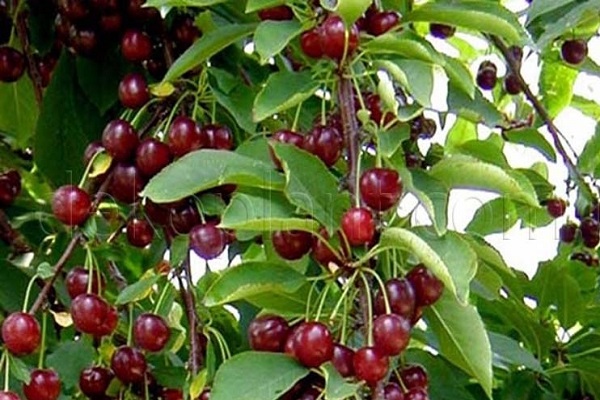
Diseases and pests
Of the dangerous diseases of the Turgenevka cherry, there are:
- Moniliosis. The disease affects branches and leaves, which dry out completely.
- Coccomycosis. The brown dots on the leaves then develop into extensive pinkish blooms. They hide the spores of the fungus.
- Rust. It affects the leaves, fruits that are covered with spots, rot, fall off.
- Anthracnose. It manifests itself as lesions on leaves, fruits.
You can get rid of a fungal infection with solutions of copper sulfate or Bordeaux liquid... The same drugs are prophylactic agents for diseases of the garden culture.
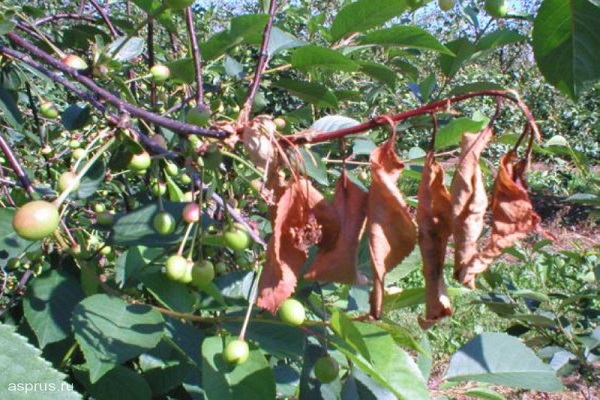
Aphids often appear from pests in cherry plantings. It can be found in colonies on the underside of the leaves. Cherry fly larvae feed on the pulp of dark red berries. From this, the fruits fall off the branches ahead of time, rot.
Moth larvae are also dangerous for culture. They hibernate in dense white cocoons under lumps of earth, and in the spring a butterfly flies out, harming garden crops. Experienced gardeners set up traps for the pest by hanging containers filled with a mixture of water and kerosene. At night, light bulbs are lit above the bucket, and moth butterflies get into the liquid and die.
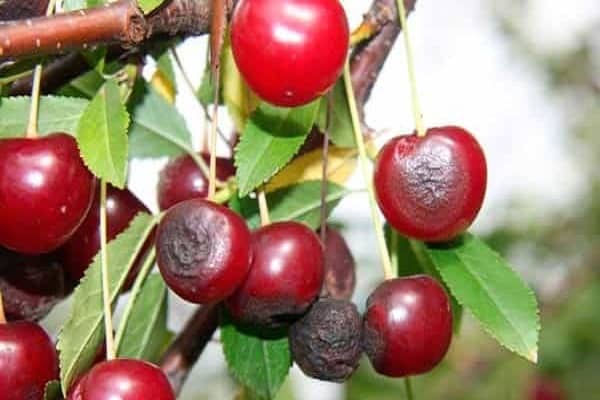
Cherry elephant, long-nosed beetle of golden-red color, damages trees, feeding on the buds and ovaries of fruits. It is necessary to fight pests by spraying with insecticides such as "Aktara", "Iskra".
To prevent diseases, attacks of pests, you need to clean up the garden area from plant debris in time and burn the remains of branches, leaves and fruits that have fallen to the ground. It is necessary to dig up the soil in the spring in order to destroy the pests that have wintered in the soil, their larvae. Whitewashing the cherry tree trunk will protect you from both winter sun burns and pathogenic microorganisms.
